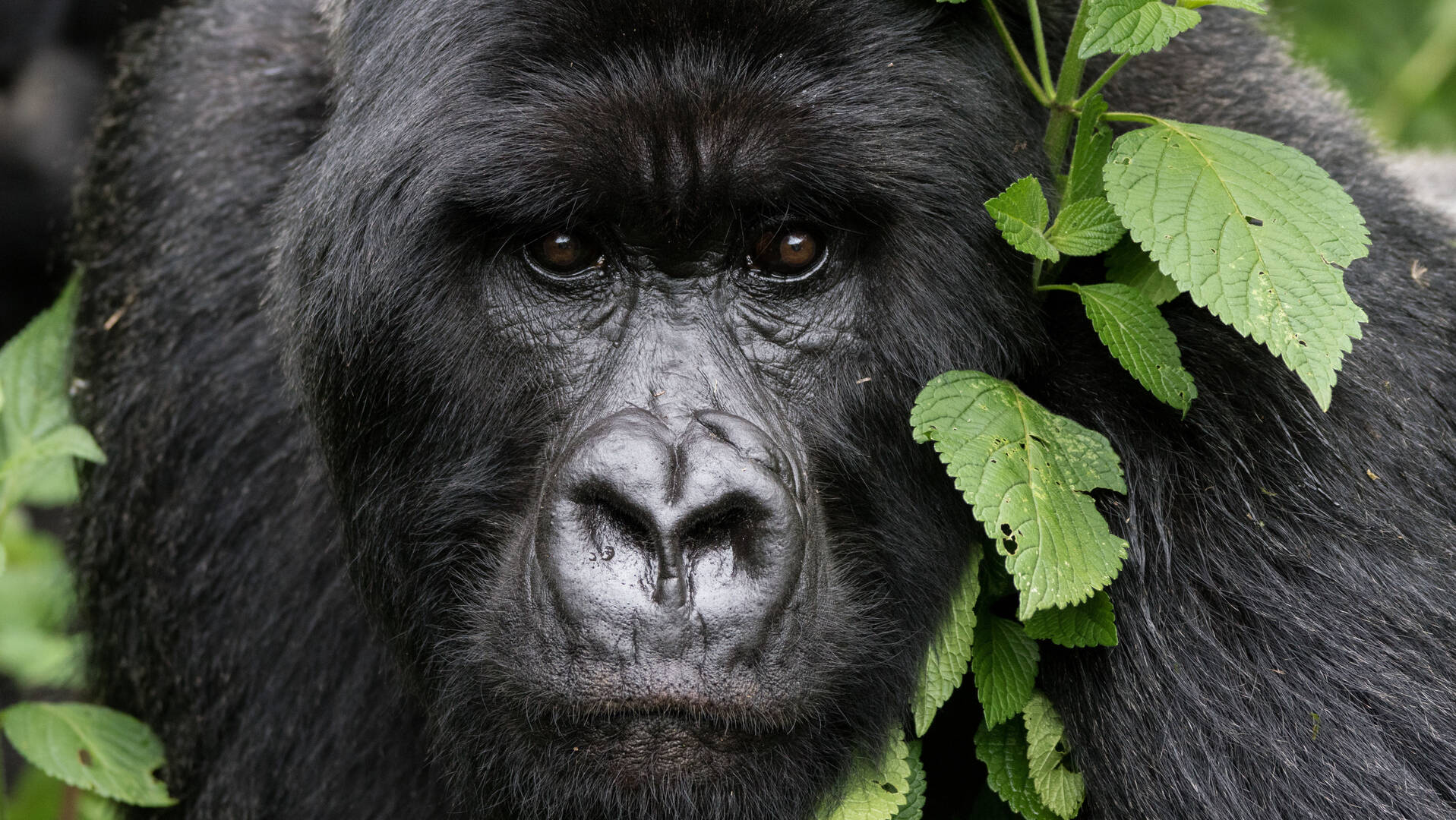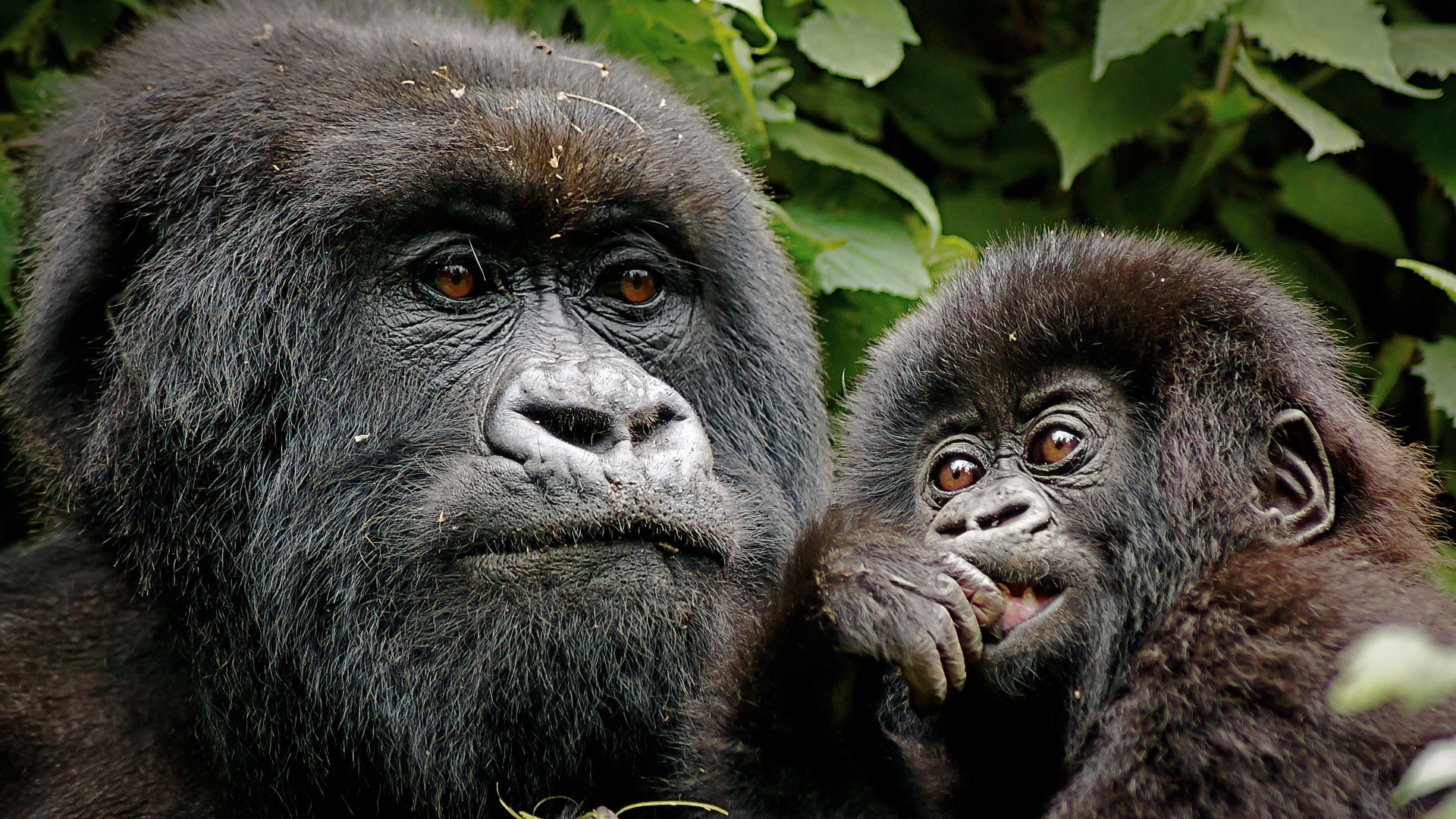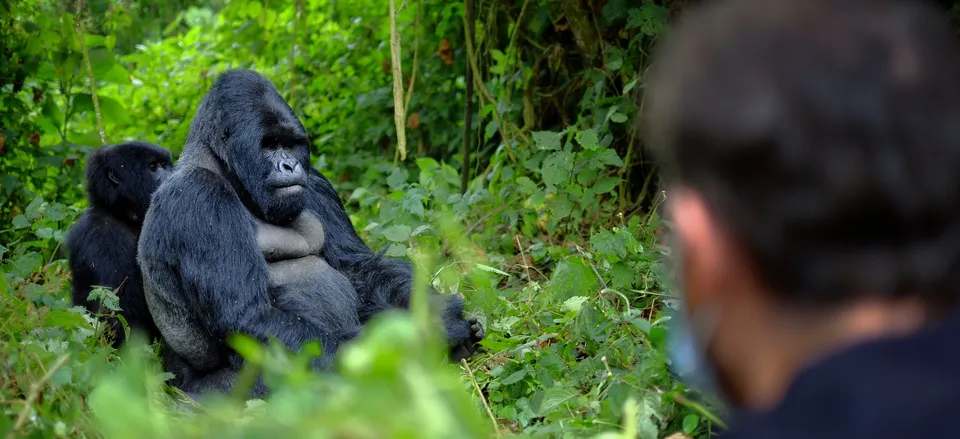
Gorilla Trekking in Rwanda: A July and August Adventure.
Gorilla Trekking in Rwanda: A July and August Adventure. Nestled in the heart of Africa, Rwanda offers a unique and transformative experience that beckons adventure enthusiasts and nature lovers alike: gorilla trekking. This extraordinary journey takes place in the lush, verdant rainforests of Volcanoes National Park, home to the majestic and critically endangered mountain gorillas. Particularly during the months of July and August, the dry season provides optimal trekking conditions, making it an ideal time to embark on this unforgettable adventure. This delves into the details of gorilla trekking in Rwanda, providing you with everything you need to know to prepare for and savor this remarkable experience.

Why July and August Are Ideal for Gorilla Trekking
To begin with, the choice of timing is crucial for an enriching gorilla trekking experience. July and August are part of Rwanda’s dry season, characterized by less rainfall, clearer skies, and more manageable trails. The dry weather significantly reduces the risk of slippery and muddy paths, making the trek safer and more enjoyable. Additionally, the chances of sighting the gorillas increase during this period as the primates are more likely to venture into open areas, allowing for better visibility and photographic opportunities.
Preparing for the Trek
Before setting out on this thrilling adventure, adequate preparation is key. Firstly, securing a gorilla trekking permit is mandatory. The Rwanda Development Board (RDB) manages these permits, which are limited to a specific number of tourists per day to minimize human impact on the gorillas and their habitat. Therefore, it is advisable to book your permit well in advance, especially for treks during the peak months of July and August.
Moreover, physical preparation cannot be overstated. Gorilla trekking can be strenuous, involving several hours of hiking through dense forest, up steep inclines, and across uneven terrain. Thus, engaging in regular cardio and strength training exercises prior to your trip will enhance your endurance and overall trekking experience.
What to Pack
Packing appropriately for your gorilla trek is essential to ensure comfort and safety. Here’s a comprehensive packing list to guide you:
- Hiking Boots: Sturdy, waterproof hiking boots with good ankle support are crucial.
- Clothing: Lightweight, moisture-wicking layers, long-sleeved shirts, and long pants to protect against insect bites and thorny vegetation.
- Rain Gear: Despite being the dry season, the rainforest can still experience sudden showers.
- Gloves: Gardening gloves to protect your hands from thorns and rough foliage.
- Hat and Sunglasses: To shield you from the sun.
- Backpack: A small, comfortable backpack to carry water, snacks, and other essentials.
- Walking Stick: Often provided by guides, but bringing your own is a good idea.
- Camera and Binoculars: For capturing those precious moments and observing the gorillas from a distance.
The Trekking Experience
On the day of the trek, you will start early, with most excursions beginning around 7:00 AM. The day kicks off with a briefing session at the park headquarters, where experienced guides provide important information about the trekking protocol and assign groups. Trekkers are typically divided into groups of eight, each assigned to track one of the habituated gorilla families.
Setting Out
As you set off into the forest, the excitement and anticipation are palpable. The trek can last anywhere from 1 to 6 hours, depending on the location of the gorilla family you are tracking. Along the way, the knowledgeable guides share fascinating insights about the forest ecosystem, the flora and fauna, and the gorillas’ behaviors and social structures.
Encountering the Gorillas
The moment you encounter the gorillas is nothing short of magical. As you approach, the guides will signal for silence, and you will observe these magnificent creatures up close, watching them interact, play, and forage. The silverback, the dominant male, often watches over the group protectively, while the younger gorillas engage in playful antics. This hour-long interaction is governed by strict guidelines to ensure the safety and comfort of both the gorillas and the visitors. Maintaining a safe distance, avoiding direct eye contact, and adhering to the guides’ instructions are paramount.
After the Trek
Following the trek, a sense of accomplishment and awe accompanies you back to the park headquarters. Here, you will receive a certificate of participation, a memento of this once-in-a-lifetime experience. The afternoon can be spent relaxing at your lodge, sharing stories with fellow trekkers, or exploring the surrounding areas.
Accommodations and Other Activities
Rwanda offers a range of accommodation options to suit all budgets, from luxurious lodges to more affordable guesthouses. Many lodges provide additional activities such as nature walks, bird watching, and visits to local communities, enriching your overall experience.
Community and Conservation
Gorilla trekking in Rwanda is not just an adventure; it is also an opportunity to contribute to conservation efforts. The revenue generated from trekking permits supports the protection of gorillas and their habitat and funds community development projects. Engaging with local communities and learning about their culture and way of life can be an enriching part of your visit.
Exploring Beyond Gorillas
While gorilla trekking is undoubtedly the highlight, Rwanda has much more to offer. Extend your adventure to include visits to other national parks like Akagera National Park, known for its Big Five game safaris, or Nyungwe Forest National Park, famous for its chimpanzee trekking and canopy walk. The scenic beauty of Lake Kivu and the historical poignancy of the Kigali Genocide Memorial are also worth exploring.

Conclusion
In conclusion, gorilla trekking in Rwanda during July and August is an extraordinary adventure that combines the thrill of trekking with the profound experience of encountering one of the world’s most endangered species in their natural habitat. Proper preparation, respect for the environment, and an open heart and mind will ensure that your journey is not only enjoyable but also deeply meaningful. As you return from this adventure, you carry with you not just memories but also a heightened appreciation for the delicate balance of our natural world and the efforts required to preserve it for future generations.
Related Posts;






